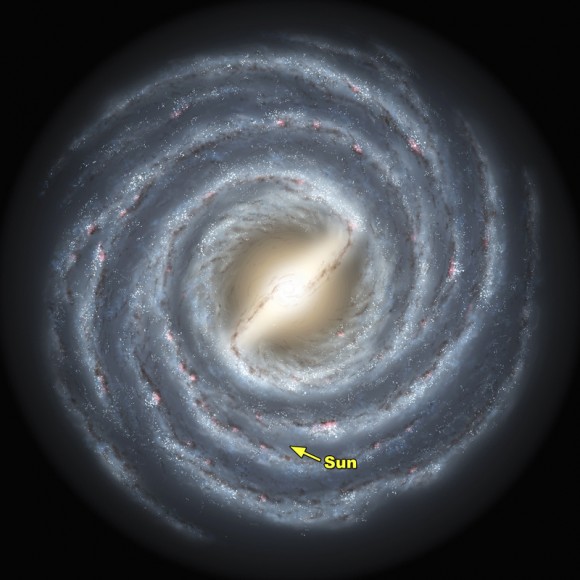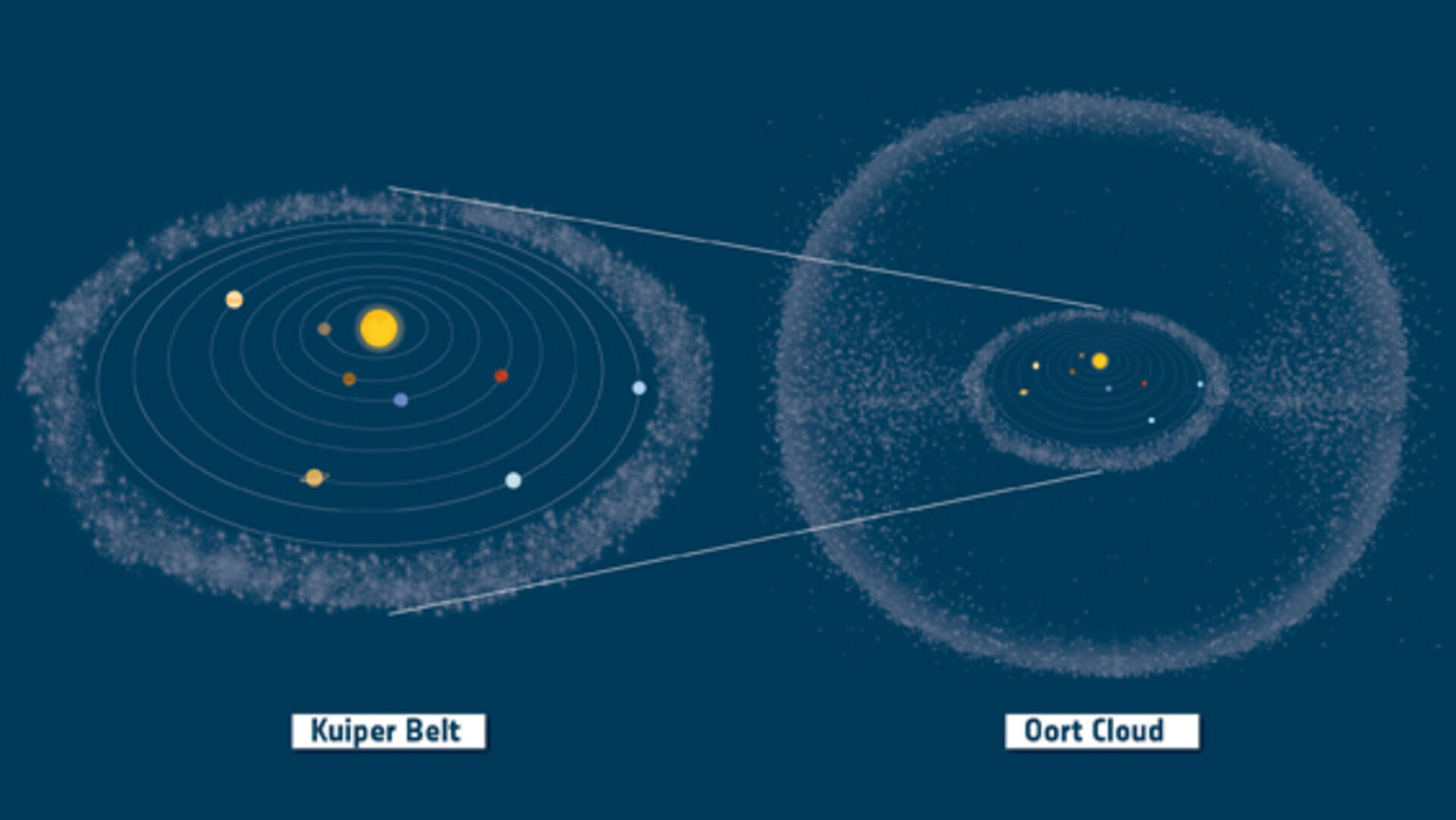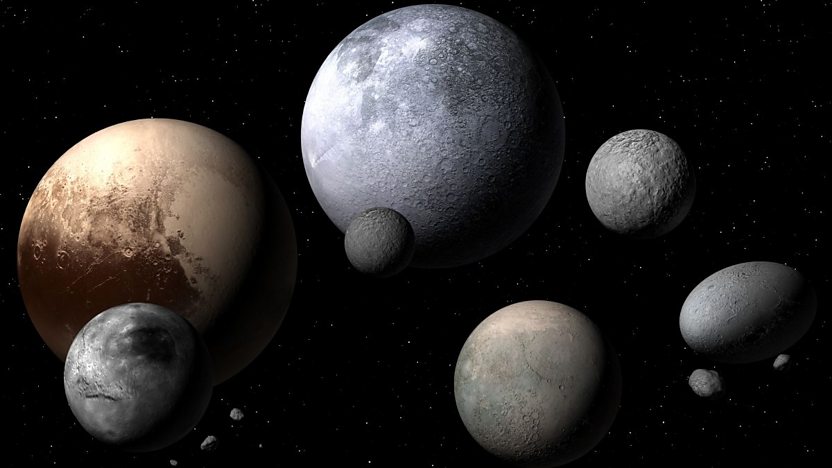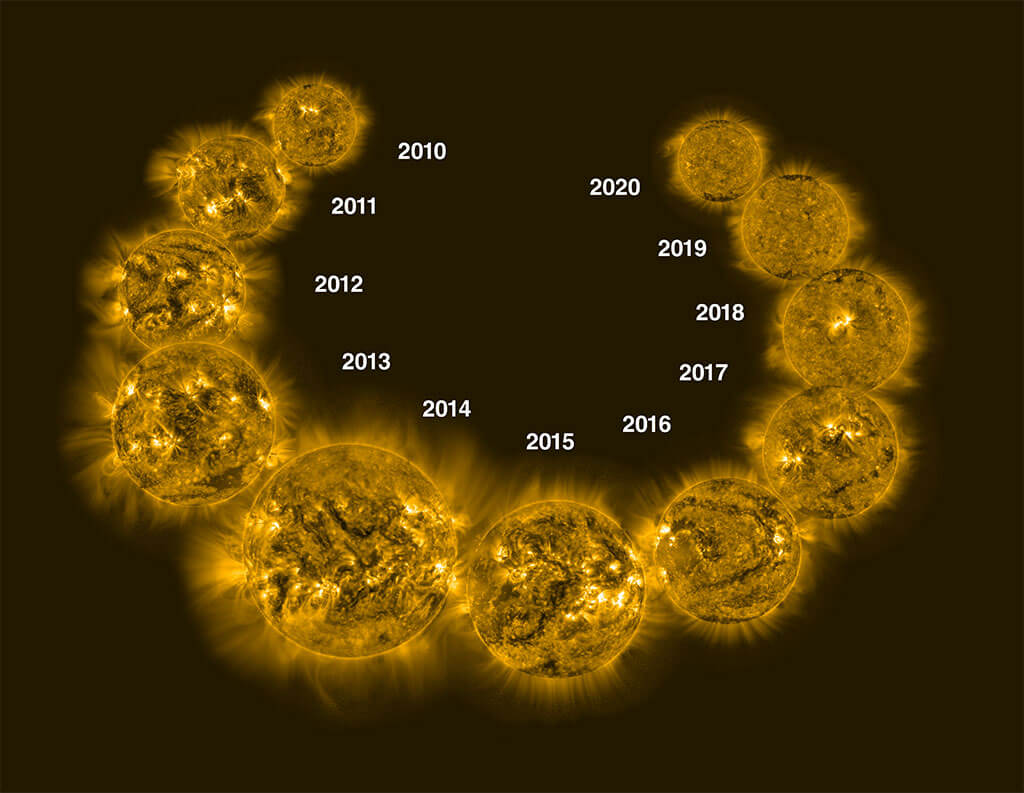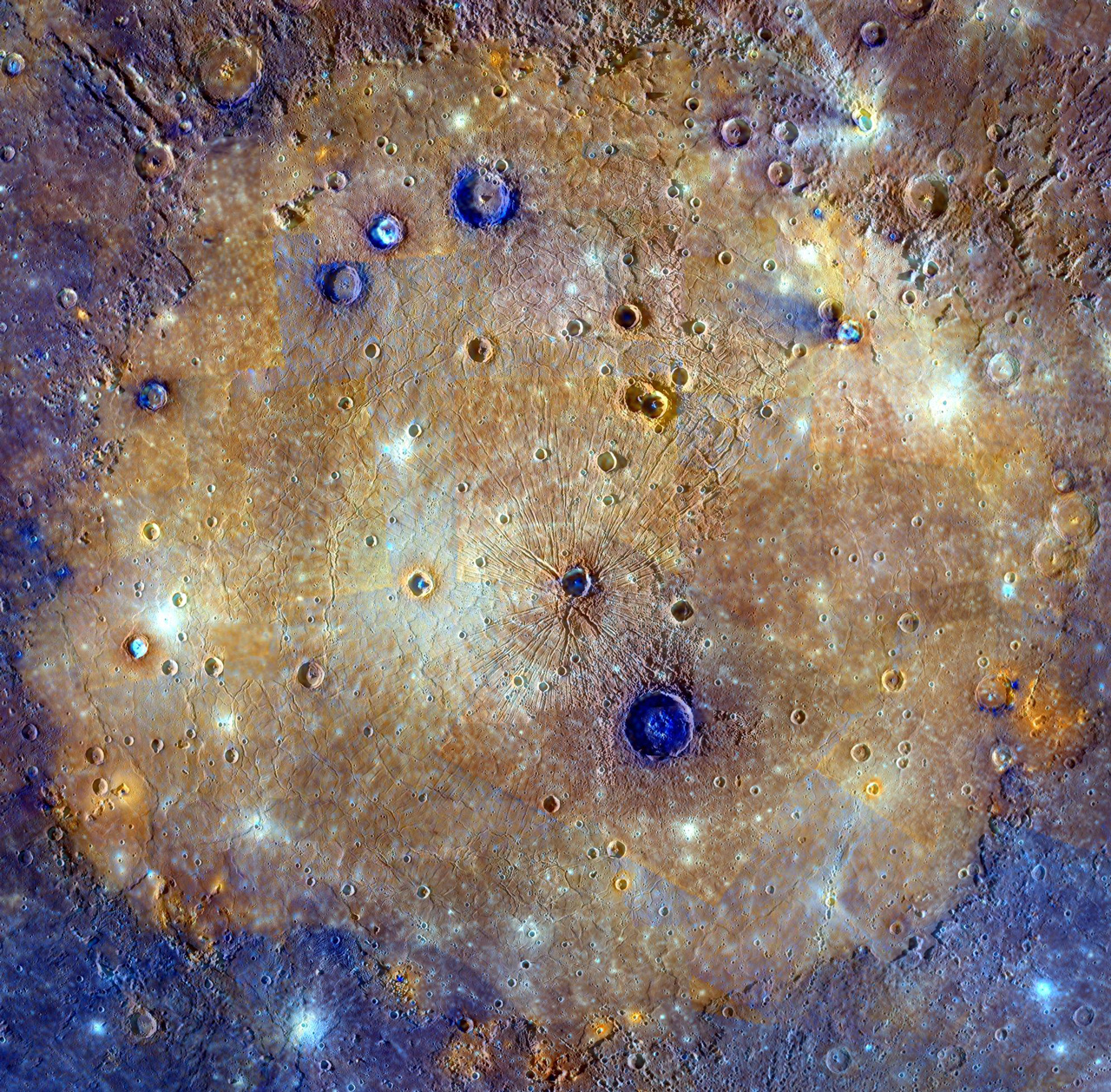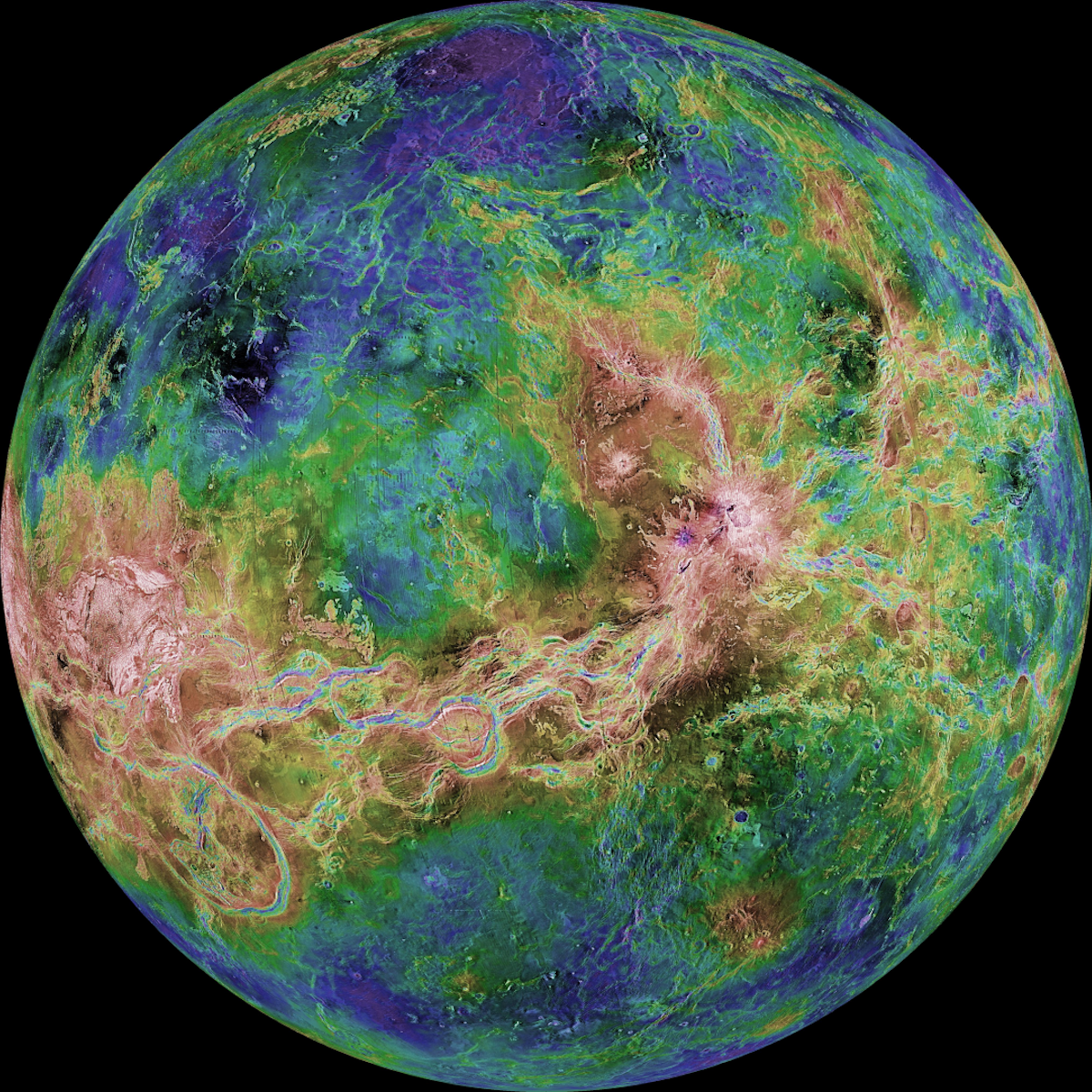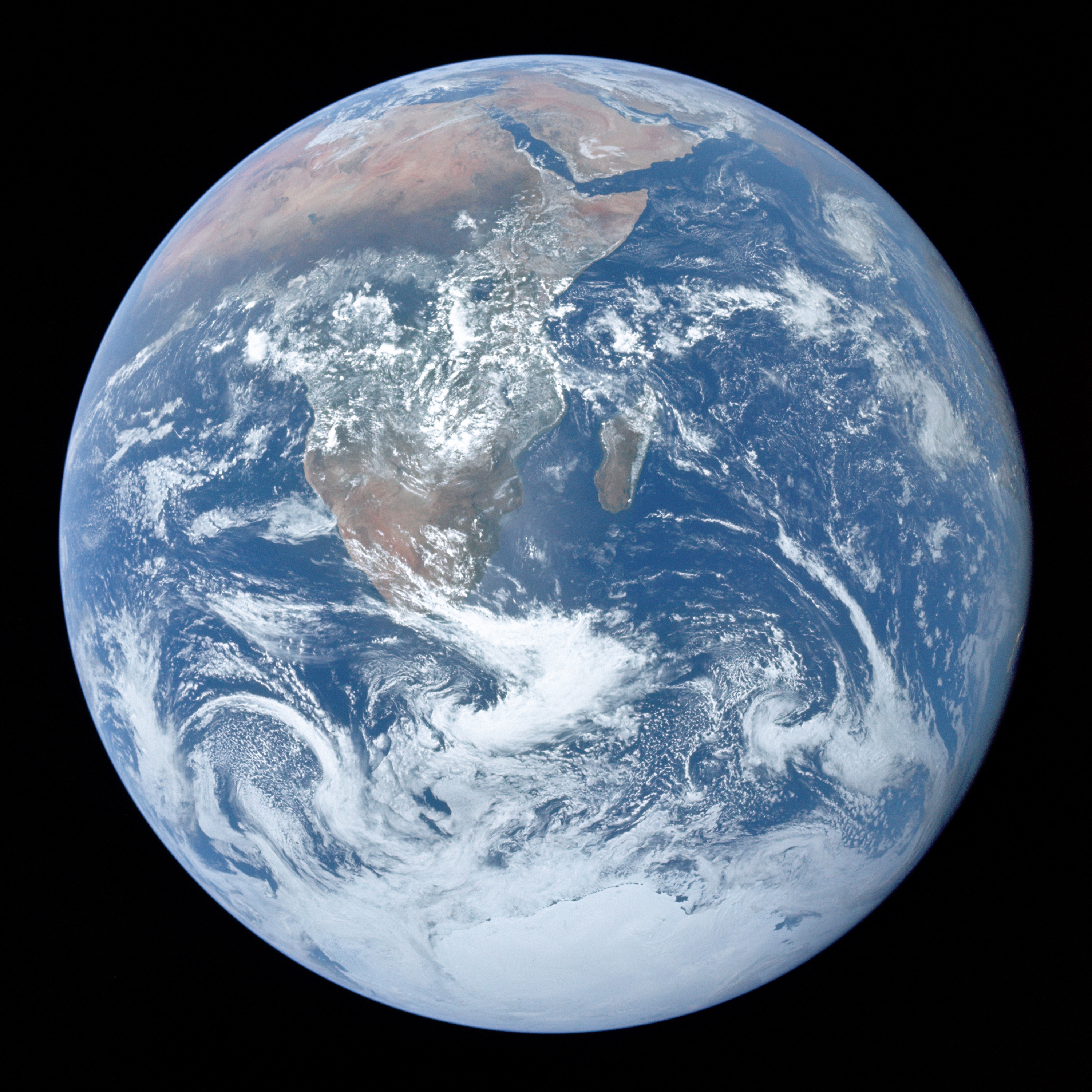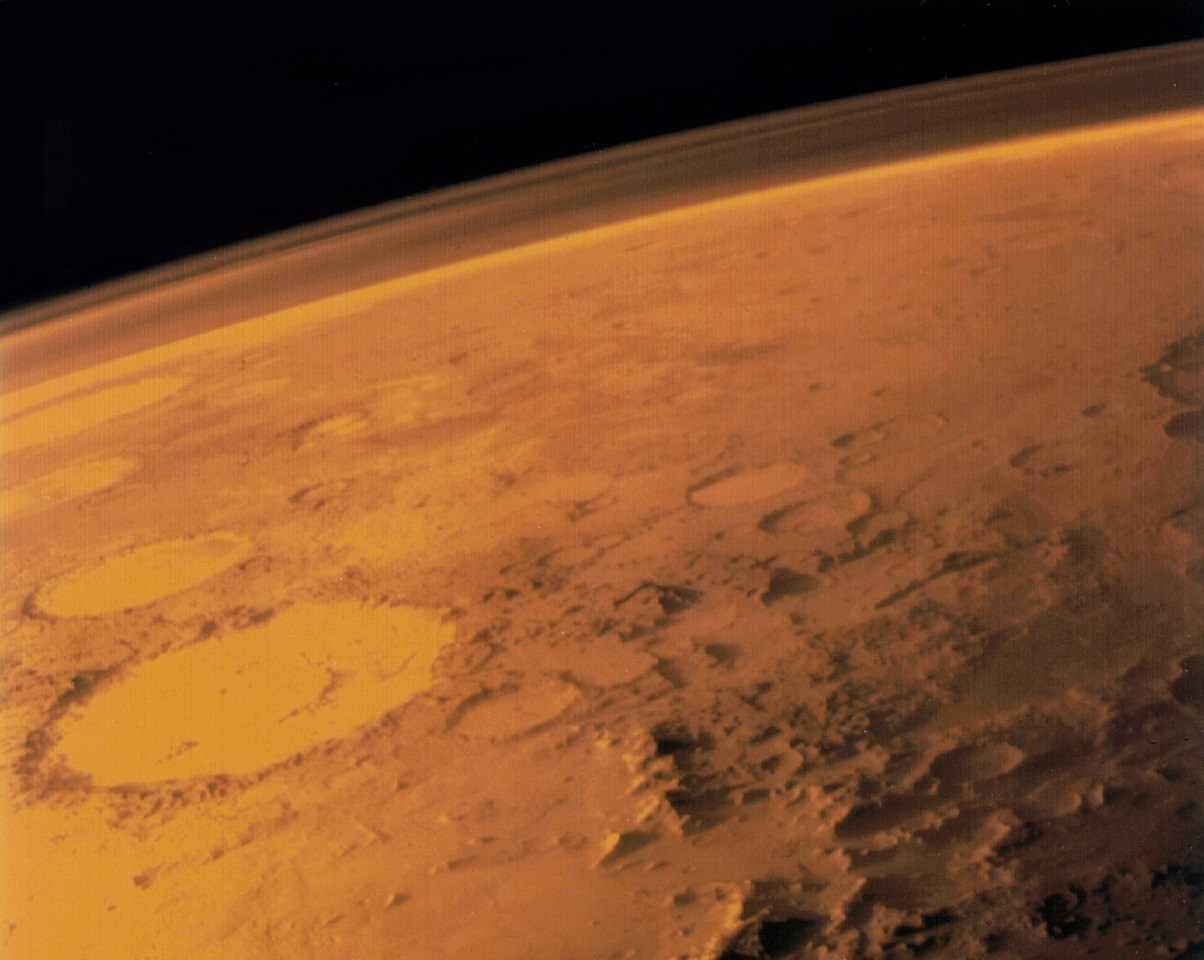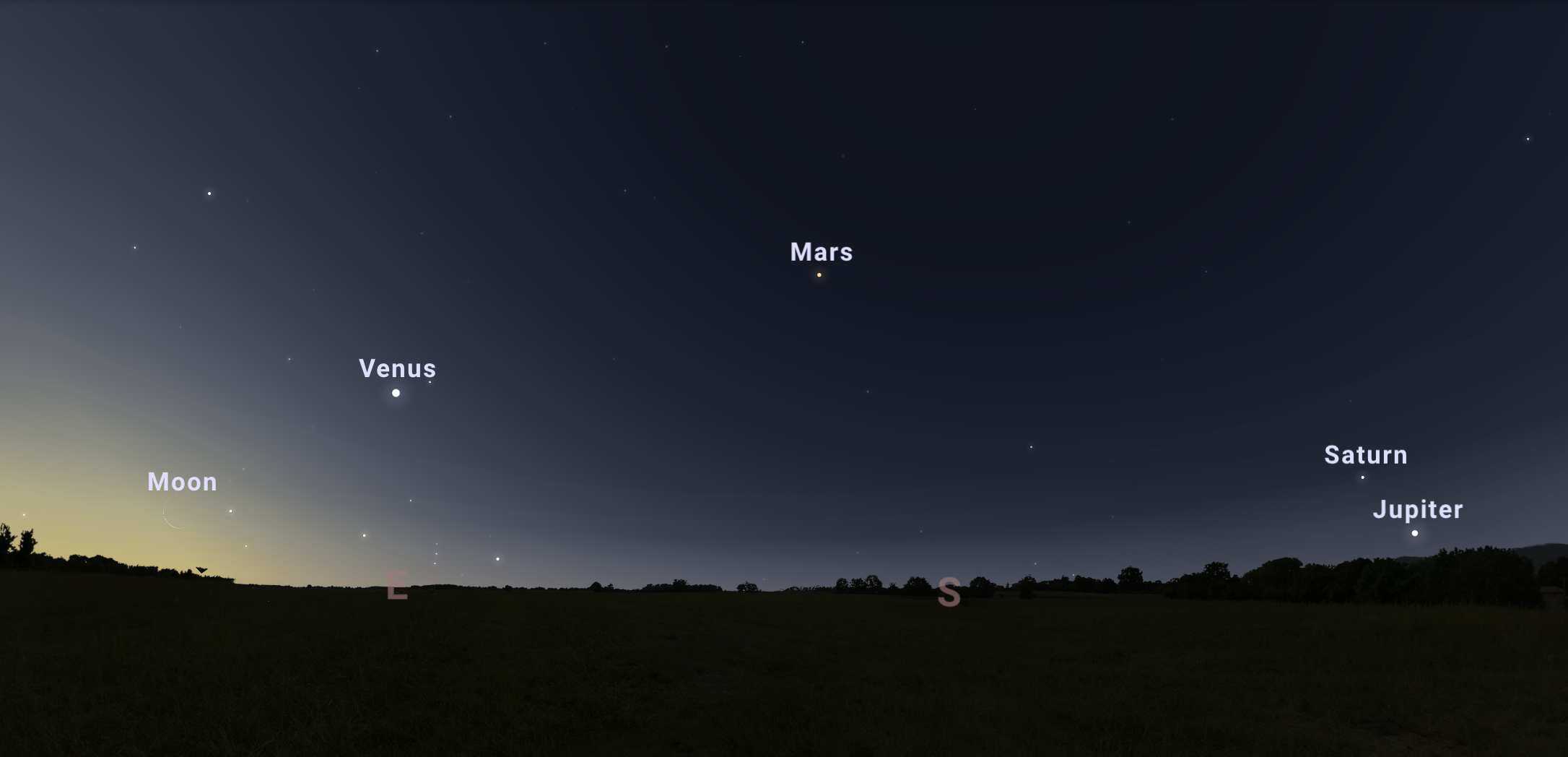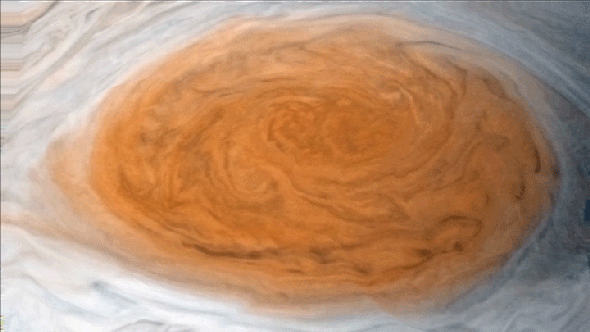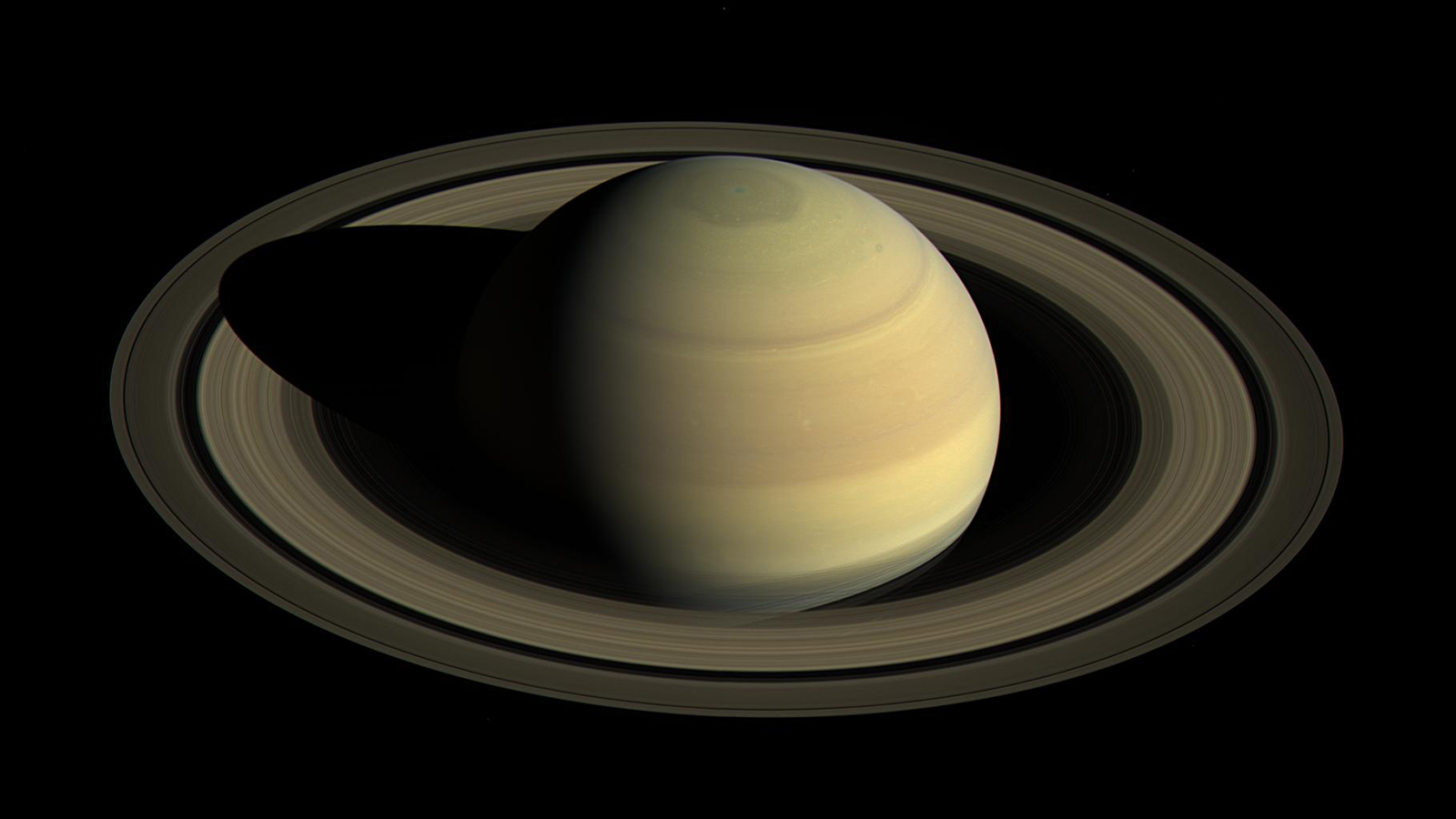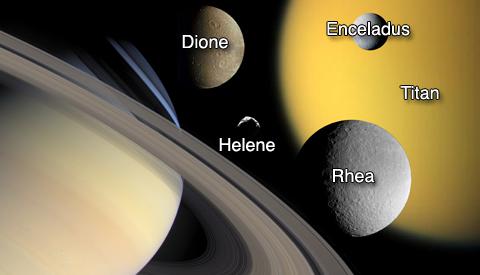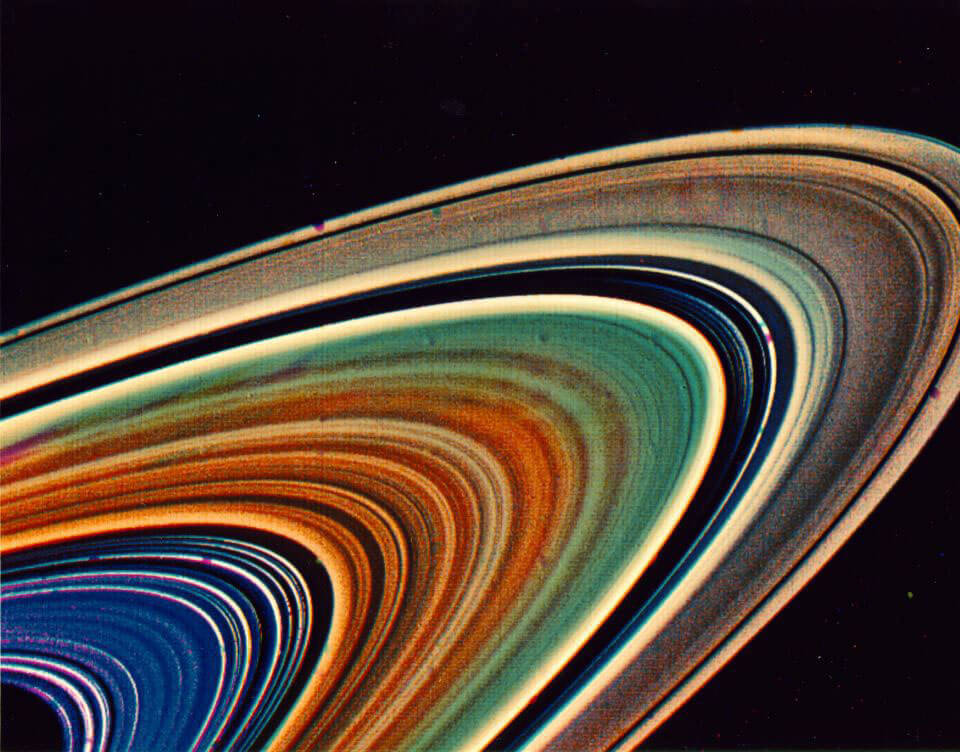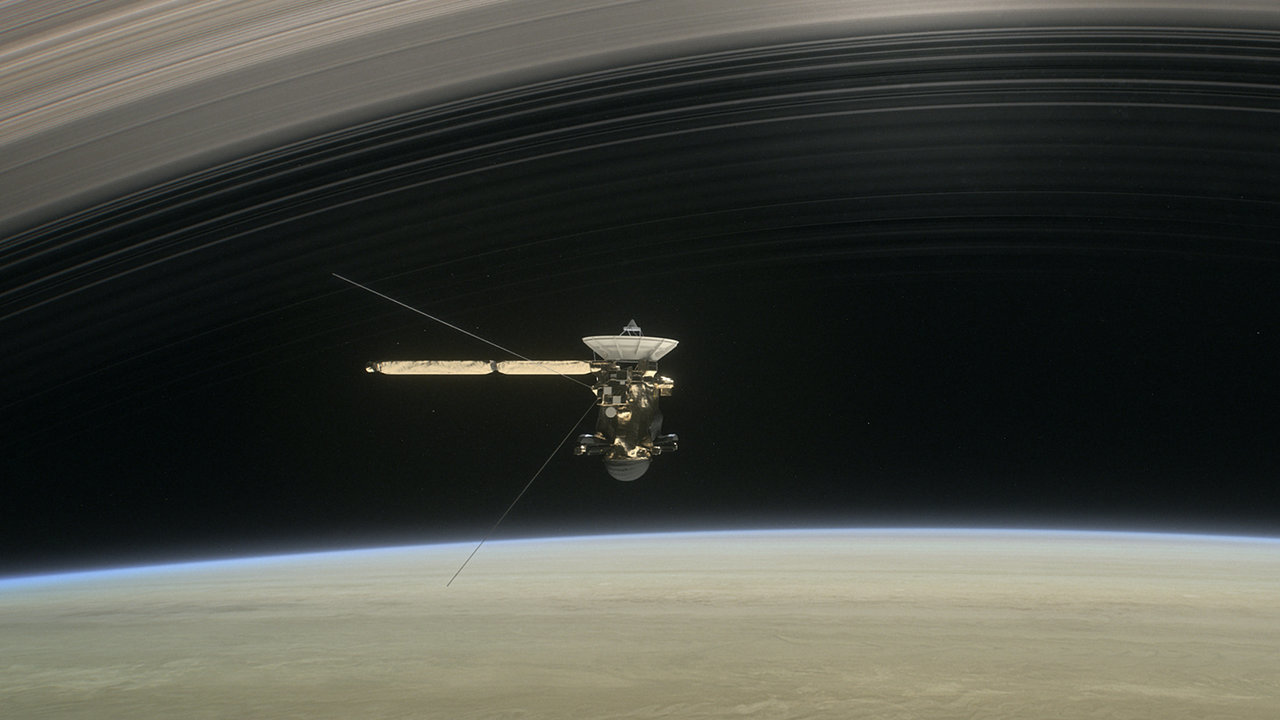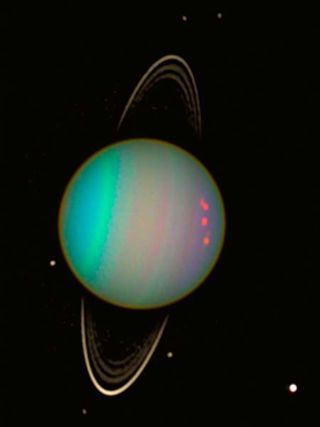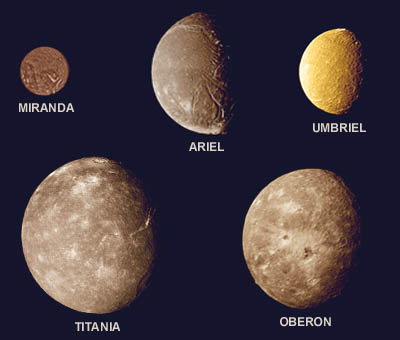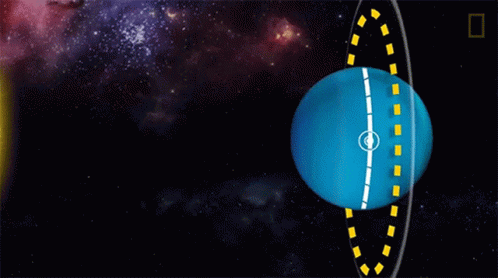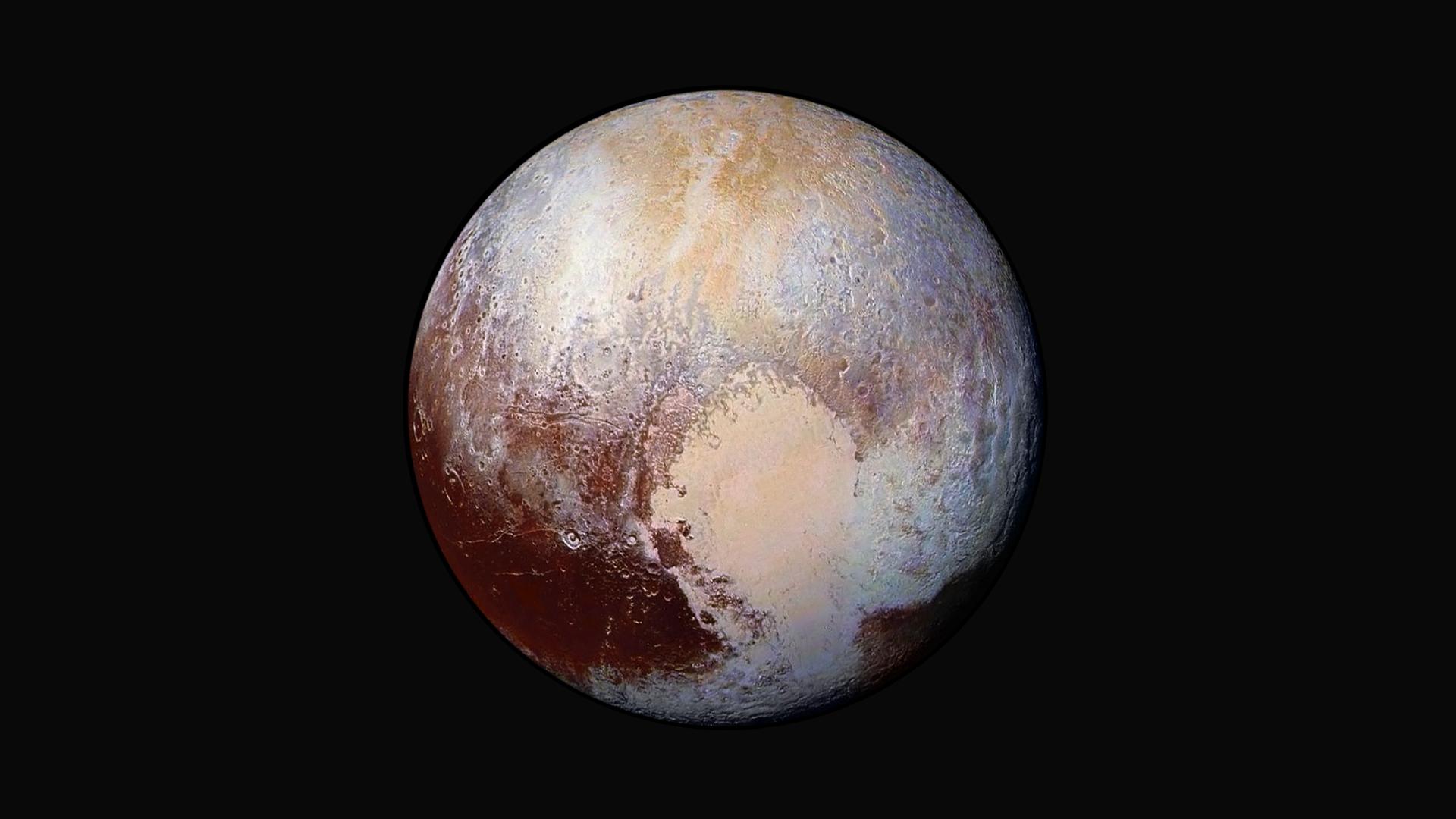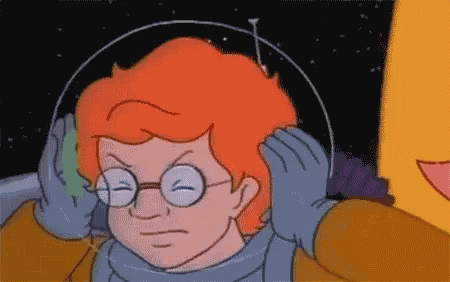- The solar system is somewhere around 4.5 billion years old
- There are potential thousands of unidentified and unknown object between us and the Sun. We cannot detect asteroids and the such that are towards the sun from us due to the glare and light created by the Sun.
- Besides Earth and Jupiter, the solar system is quite average. Our sun is nearly the average size and mass for a star of its type, our star is the most common star, and we are not in an incredibly strange location in our galaxy
- NASA constantly tracks a handful of objects capabale of wiping out all life on Earth in the solar system
- There are three big clouds located in the solar system: the asteroid belt, the Kuiper belt, and the Oort cloud
- The Kuiper belt is basically just another asteroid belt, but many many times larger and located near neptune
- The Oort cloud is a cloud surrounding the entire solar system composed of small icy objects
- Beyond Pluto, there are five other dwarf planets present in the solar system: Ceres, Makemake, Haumea, and Eris. Ceres is located between Mars and Jupiter, Makemake is in the Kuiper belt, Haumea is beyond Neptune and is an oval shape, and Eris usually floats around Neptune
- The sun is very average. Average mass for its type and average size.
- The sun is somewhere around 4.5 billion years old and has around 5 billions years left to go
- The sun will cook the Earth in around 600 to 700 million years. As the Sun runs out of fuel, it will slowly get hotter and hotter, baking the Earth long before the Earth gets consumed by the expansion of our Sun into a red giant
- The Sun can take out all advanced human technology at almost any time if it gets lucky with the location and intensity of a solar flare
- The sun travels at 450,000 mph around the galatic center
- It takes the sun around 225 to 250 million years to fully rotate the center of the galaxy
- The sun takes up about 99.86% of all mass in the solar system
- The light and energy produced in the core of the Sun takes up to a million years to reach the surface of the sun
- The core of the Sun is somwhere around 15 million degrees celsius, while its surface is only around 6000 celsius, and the corona (the outermost layter of the Sun) is around 2 million degrees celsius
- The Sun, at the age it is at, is 91% hydrogen
- The Sun has a magnetic field, but so much is hapenning on and beneath the surface of the Sun that it's magnetic field gets tangled and warped over time creating cool sun spots
- This also creates Sun cycles. When there are many sun spots, that means the sun is at the peak of its solar cycle. The sun is also the most active at the peak of it's solar cycle. Meaning that this is the time when the Sun creates the most solar flares
- Depending on the cycle, the peak could also be incredibly active with many solar flares and a lot of activity, or it could be relativley calm with few solar flares
- When there are few sun spots, that means it is at the begnning or end of a solar cycle
- most solar cycles have very little effect on the Earth's surface, unless it is a very active solar cycle. The real damage is to satellites and other LEO and GEO objects that are unprotected by the Earths magnetosphere
- Then, every 11 years, the Sun flips its magnetic poles and restarts the solar cycle from the beginning
- This also creates Sun cycles. When there are many sun spots, that means the sun is at the peak of its solar cycle. The sun is also the most active at the peak of it's solar cycle. Meaning that this is the time when the Sun creates the most solar flares
- The closest planet to the sun
- One of two planets to not have moons in the solarsystem
- A year for Mercury is 88 Earth days
- A day on Mercury is 58.5 Earth days
- Mercury is slowly shrinking, due to its core cooling and causing it to contract
- Mercury has the most craters of any planet in the solarsystem becasue it has no atmosphere
- With the exclusion of Pluto from the planets, Mercury is now the smallest planet
- Mercury's biggest crater, the Caloris Basin, could fit western europe inside
- Merrcury has massive temperature differences between the dark and light side due to its closeness to the sun
- Only two probes have ever studied Mercury, one was a flyby and the other stayed in orbit for about 4 years
- Mercury is largely a unremarkable planet
- second planet from the sun
- The second planet in our solarsystem to lack moons
- A Venusian year is 225 Earth days long
- A Venusian day is nearly 177 Earth days long
- Venus has an atmosphere, but its atmopshere is largely carbon dioxide and is several times more massive that Earth's atmopshere
- Venus' atmosphere has a greenhouse effect just like Earth's atmopshere
- Venus has a highly reflective atmosphere, making it the second brightest object in Earth's night sky
- Venus spins clokcwise, unlike the other planets
- Venus likely had liquid water before it became the way it was today
- Venus' surface temperature is 900F, enough to melt lead, tin, and other similar metals
- Scientists believe that Venus, in the early solarysystem, was on its way to becoming a habitable planet
- But then it was forcefully thrust towards the sun by the constatly changing early solarsystem, where its temperature began to rise
- This rise in temperature caused Venus' grennhouse effect to run wild and raise the temperature drastically, rendering the planet uninhabitable
- The higher average temperature caused all the water to evaporate into the atmopshere where it is slowly being stripped away by solar winds
- There has only ever been one probe to land on Venus, Venera 7
- Earth is the third planet from the sun
- Its where you live
- The Earth is the only known planet to contain complex multicellular life
- Earth is the only confirmed planet to have plate tectonics where the crust floats on the more dense mantle
- There is some evidence that Jupiter's moon Europa does, though this is unconfirmed
- Its where every single human has lived and died since the beginning of human history
- Earth has one moon, the Moon
- Earth has the highest ratio of moon to planet mass, meaning the planet and the moon are close in mass
- During the development of the solarsystem, Earth was two planets
- In the early and chaotic days of the solarsystem, there were two planets, proto-Earth and Theia
- Due to the chaotic mess that is a forming solarsystem, the two planets orbits happened to cross and Theia slammed into proto-Earth causing a massive amount of debris and rubble to be thrown into space about 4.5 billion years ago
- Scientists believe this rubble coalesced into the Moon over time
- The Moon is slowly moving away from the Earth, about 1.5 centimeters a year, and has been doing so since its creation
- Meaning that several million years ago, the Moon was several times closer to Earth than it is now
- The Moon does several processes that are nearly vital to life on Earth
- The most important of which is casuing tides, and more generally, stirring the ocean
- Scientists believe this motion was integral to the development of cellular life in the ocean, as it forced particles in the water to constantly move and interact
- Earth is somehwere around 4.5 billion years old
- For 3.7 billion years, life has existed
- For only 579 million years has complex life existed on Earth
- In that 3.7 million years, there have been at least 5 mass extinctions, where nearly all life was wiped out and biodiversity dropped drastically
- Humans have existed for 6 million years
- In that time, there have been around 117 billion humans born, died, or currently alive
- Mars is the fourth planet from the sun
- A Martian year is 687 Earth days long
- A Martian day is just 1 Earth day long
- Mars' average temperature is -81F
- Mars has two moons, Phobos and Deimos
- Mars contains the largest known mountain in the solarsystem, Olympus Mons at 21.9 kilometers in height (compared to Everest at only 8.8 kilometers)
- It is theorized that mars suffered a similar fate to Venus, just in the reverse direction
- Mars was on track to becom a habitable planet, but was pushed away from the sun
- This caused its water to either freeze or vaporize
- Mars' core then cooled and this caused its magnetic field to disappear, causing its atmosphere to be stripped away by solar winds
- There is evidence that liquid water once existed on the Martian surface with the presence of water erosion patterns
- There is evidence that Mars was once volcanically active (meaning it had a hot core like Earth), which is belived to be necessary to sustain life
- Now, the core is dead and unable to do anything
- Mars has an atmopshere, but it is much thinner that Earths and is largely carbon dioxide
- If humans were ever to colonize Mars, their biggest hurdle would be dealing with the unfiltered solar radiation constatly bombarding the Martian surface
- Is the fifth planet from the sun and is the first planet beyond the asteroid belt
- A year on Jupiter is 12 Earth years
- A day on Jupiter is nearly 10 Earth hours
- Jupiter is the largest planet by both mass and diameter in the solarsystem
- Jupiter is the third brightest object in Earth's night sky
- Jupiter has 80 moons
- Jupiter's Great Red Spot is 340 Earth years old
- Jupiter's gravity is so great, that it inadvertently protects Earth from extra solar objects as well as object from the asteroid belt
- Jupiter has atmospheric phenomena (like the Red Spot) all the time
- Its atmopshere is largely hydrogen and helium
- Jupiter also has a ring, just like Saturn, but its ring is signifigantly less dense and noticable
- We have no idea what is under the clouds of Jupiter, we think there is a small, solid, and very dense core at the center
- Jupiter has a massive magnetic field, many times larger than Earths
- Jupiter has had 7 probes visit it, with 5 being flybys and 2 being in orbit
- Juno is the most recent, from 2016
- Saturn is the sixth planet from the sun
- Saturn's year is 29 Earth years long
- Saturn's day is is 10 and a half Earth hours
- Saturn is the least dense planet
- Saturn has 82 moons
- Saturn is the second largest planet in the solarsystem
- Saturn is known for its large and promienent ring system, with seven rings total
- Saturns atmosphere is mostly hydrogen and helium, just like Jupiters
- Only three probes have ever passed by Saturn or orbited Saturn
- Uranus is the seventh planet from the sun
- A year on Uranus is 84 Earth years
- A day on Uranus is 17 Earth hours
- Most of Uranus' mass is water, methane, and ammonia
- Its atmosphere is mostly hydrogen and helium, jut like the other gas giants
- Uranus is the second least dense planet
- Uranus has 27 moons
- Only a singualr probe has ever visted Uranus, Voyager 2, and it was only a pass by
- Uranus rotates in the opposite direction as well as rotating on its side
- Uranus also has a ring system, though it is too thin to see well, just like Jupiter's rings
- Uranus holds the record for most punable name of any planet
- Eight planet from the sun
- Neptune's year is 165 Earth years
- Neptunes day is 16 Earth hours
- Neptunes composition is nearly identical to the composition of Uranus
- Both atmospheric and solid wise
- thats why both of them are blue, because their makeups are so similar
- Neptune is the smallest gas giant
- Winds on Neptune can reach over 700 mph, the fastest in the solarsystem
- Neptune has 14 moons
- Neptune also has a very faint ring system
- The only probe to ever visit Neptune was also Voyager 2
- Neptune pulls on Pluto, causing Pluto to have an elliptical orbit
- Is no longer considered a planet, is now considered a dwarf planet
- Pluto's year is 248 Earth years
- Pluto's day is nearly 6 and a half Earth days
- Pluto is moslty water
- Pluto has a elliptical orbit becasue Neptune pulls on Pluto
- Pluto has 5 moons
- The biggest and most well known of which is Charon
- Pluto and Charon's mass is so similar that their center of orbit is in between them (Pluto mass: 1.30900 × 10^22 kg) (Charon mass: 1.586 × 10^21 kg)
- The center of orbit is the point in space two or more objects orbit around, with objects like Earth and the Moon with vastly different masses, the center of orbit is inside of Earth, but not the center of Earth
- Pluto orbits in the Kuiper belt
- Pluto has a very thin atmosphere of carbon monoxide, nitrogen, and methane, giving Pluto a blue tint
- The only probe to pass by Pluto was New Horizons in 2015
- Pluto's surface temperature is around -378F
- It takes light 5 and a half hours to go from the sun to Pluto
- Pluto is still a planet in our hearts
